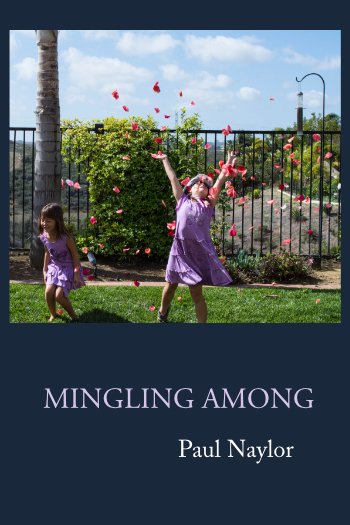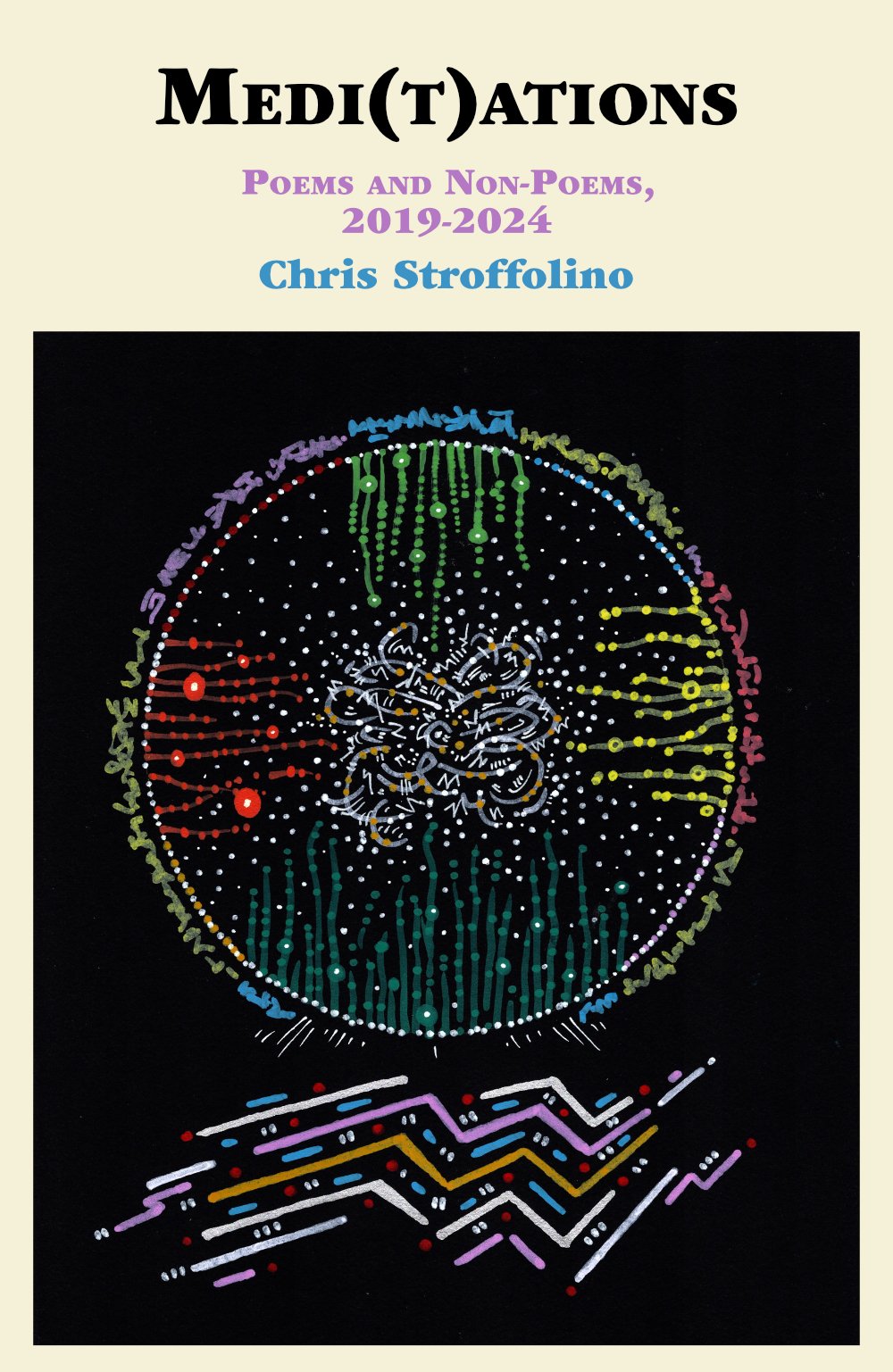Paul Naylor’s Mingling Among is a beautifully sustained, thought-provoking, and companionable prose poem in five interrelated sections. Taking the paragraph as his primary unit of composition, scenes are rendered in ever-changing frames of time, scale, and location, in a measured if kaleidoscopic inquiry into the possibility of overcoming our obsession with binary constructions and the domination of nature. The goal is a state that Naylor calls beingtime—arrived at through a fusion of Eastern and Western philosophies and practices. The tone throughout is intimate and informal, tinged with wry if knowing humor. But the stakes couldn’t be higher. Naylor asks tough questions. As we approach the tipping point, beyond which human life becomes unsustainable, we’re asked to consider if Buddhist thought might not prove a corrective to the techno-rational course we’ve taken at our peril. In that regard, Naylor’s passion for wilderness—from the Wasatch Mountains of his Mormon childhood in Salt Lake City to the sublimity of the Wind River Range in western Wyoming—provides stark contrast to the rampant consumption that threatens the Earth’s biomes. And it results in some of the finest nature writing I’ve read in years. Readers familiar with Naylor’s work will welcome this as a major addition to his oeuvre. New readers will find Mingling Among to be a brilliant and accessible introduction to a singular poet who has been quietly and steadfastly constructing a compelling body of work.
—Ted Pearson
This book is an intellectual autobiography composed as a series of questions often untethered from answers. This book is a philosophical text that teases out Western dualism and, with no little difficulty, favors multiplicity. This book is the story of a boy who grew up Mormon who became a man aging into Zen Buddhism. This book is about the older father of a young girl who dances to Taylor Swift. This book is about an anti-capitalist who lives in capital. This book is an examination of the self as grammar, excluding capitals. This book is an elegy to our earth on the brink of extinction. This is a book about traveling, in the American mountain west and elsewhere. It is a book of self that doesn’t believe in self, a book of memory that can’t believe what’s been remembered. Amid all the unravelings, Paul Naylor writes out of great curiosity and searching. This is a book that offers its reader a precise guide to not-finding, as ethical an exercise as can now be found.
—Susan M Schultz
In Mingling Among Paul Naylor studies and celebrates the interconnectedness—the mingling-of-things—of personal aging and geologic time, of bodies and rocks, of mind and matter. Against the Cartesian error that separates mind and body, self and world, Naylor searches out alternative spiritual practices in Zen Buddhist teachings and western non-dualist philosophy, from the Pre-Socratics to James and Deleuze, but equally in the physical encounter with the natural world. That encounter—inspired by his upbringings in Mormon Utah and the mountains of the west—is marked by the care he brings to the details of natural life: of rocks, plants, animals, water ways, and landforms. “There you have it,” Naylor concludes: “incongruous culture on one side, stunning nature on the other—the divide of my life.”
—Michael Davidson
Mingling Among is Paul Naylor’s ninth full-length book of poetry—following Playing Well With Others (Singing Horse Press, 2004), Arranging Nature (Chax Press, 2006), Jammed Transmission (Tinfish Press, 2009), Book of Changes (Shearsman Books, 2012), Anarcheology (Talisman House Books, 2018), Luminous Ruse (Tinfish Press, 2019) Not Quite Noon (Dos Madres Press, 2020), and Little Cliffs (BlazeVOX Books, 2021). He is also the author of Poetic Investigations: Singing the Holes in History (Northwestern University Press, 1999), a critical study of five contemporary poets—Susan Howe, Nathaniel Mackey, Lyn Hejinian, Kamau Brathwaite, and M. Nourbese Philip. He lives in San Diego with his wife, Debi, and daughter, Siena.
Book Information:
· Paperback: 158 pages
· Binding: Perfect-Bound
· Publisher: BlazeVOX [books]
· ISBN: 978-1-60964-445-1





